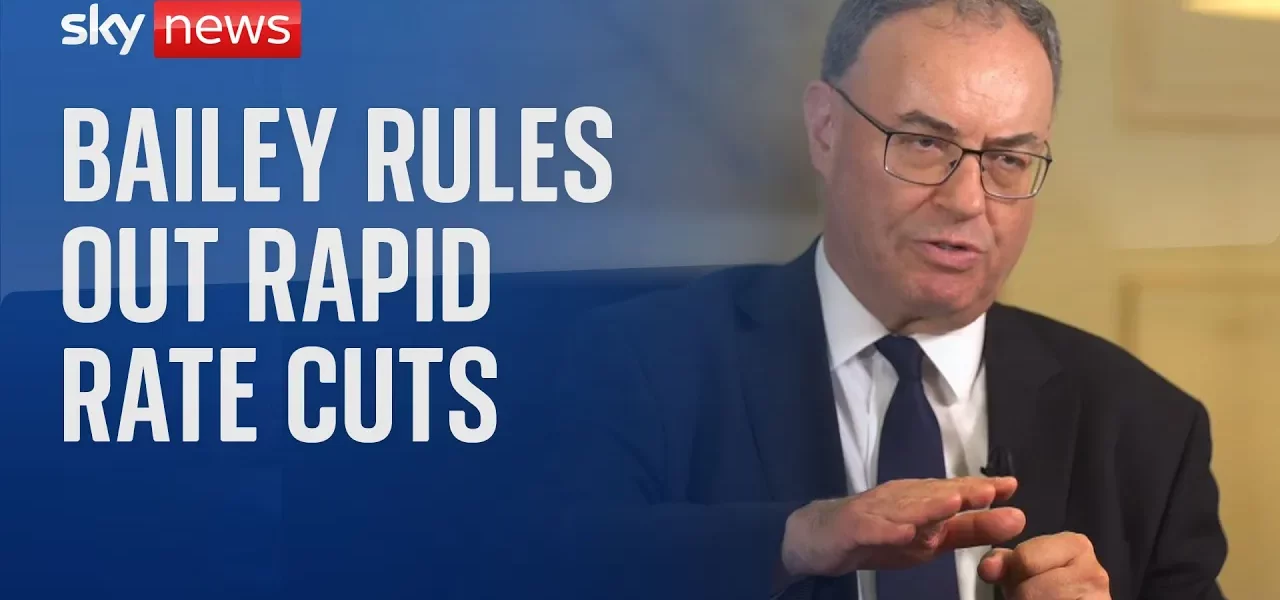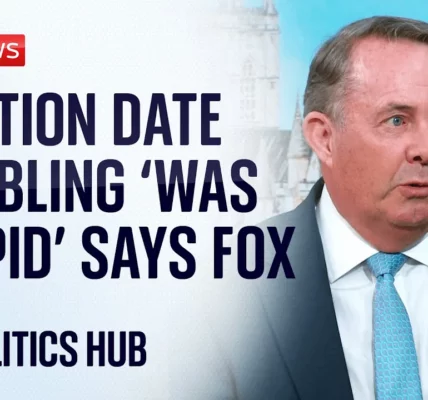Interest Rates Cut: What It Means for Inflation and Economic Policy

This article explores the recent cut in interest rates and its implications for inflation and economic policy. We will discuss the factors that led to the decision, the historical context of interest rates, and the potential effects on households and the economy.
Introduction
The recent announcement of interest rate cuts has sparked a wave of discussions regarding the state of inflation and economic policy. While some may view this as a significant milestone in the economic recovery, it is crucial to approach this topic with a nuanced understanding. The central bank has emphasized that the journey to stabilize inflation is far from over. In this article, we will delve into the reasons behind the rate cuts, the historical context of interest rates, the current inflation scenario, and the implications for public sector wages and the economy at large.
The Context of Interest Rate Cuts
The decision to cut interest rates is not merely a reaction to current economic conditions but is deeply rooted in historical events. Understanding the backdrop of these cuts is essential for grasping their significance.
Historical Overview
Interest rates in recent history have experienced unprecedented fluctuations. The financial crisis of 2007-2009 marked a turning point, leading to a prolonged period of near-zero interest rates. This was largely a response to the economic turmoil that necessitated aggressive monetary policy to stimulate growth.
Global Shocks Impacting Rates
- The 2007-2009 financial crisis
- The COVID-19 pandemic and its economic fallout
- Geopolitical tensions, including the war in Ukraine
These global shocks have not only shaped the monetary landscape but have also influenced the inflation trajectory, prompting central banks to respond accordingly.
Current Economic Landscape
With inflation rates now stabilizing at around 2%, it is vital to assess how much of this decrease can be attributed to the actions of the Bank of England versus external factors.
The Role of the Bank of England
The central bank’s proactive measures have played a critical role in curbing inflation. Had it not intervened with restrictive policies, the domestic inflationary pressures could have escalated significantly. This highlights the importance of calibrated monetary policy in maintaining economic stability.
External Influences on Inflation
Several external factors have also contributed to the decline in inflation:
- Reduction in global energy prices
- Supply chain recovery post-COVID-19 lockdowns
- Stabilization of international markets
These elements, combined with the central bank’s policy adjustments, have led to a more favorable inflation outlook.
Future Expectations for Interest Rates
As we contemplate the future path of interest rates, it is essential to manage expectations. The likelihood of returning to the near-zero interest rates seen in the past seems slim.
Understanding Rate Movements
Historically, interest rates do not simply follow a linear path. The transition from rising rates to potential cuts can be influenced by various factors:
- Global economic conditions
- Domestic inflation trends
- Labor market dynamics
Current circumstances indicate a more measured approach to rate cuts, influenced by sticky inflation remnants rather than rapid successive cuts.
Implications for Public Sector Wages
The introduction of new wage settlements for public sector workers has raised concerns about potential inflationary effects. Understanding the relationship between public sector wages and overall inflation is critical.
Potential Inflationary Pressures
Higher wages can lead to increased spending power, which may stimulate demand. However, this also raises questions about the overall impact on inflation:
- Public sector wages influencing private sector wage expectations
- Competition in the labor market
- Signaling effects on inflationary trends
As the new Chancellor prepares to present the budget, the full implications of these wage increases will become clearer.
Conclusion
The recent interest rate cuts mark a significant moment in the ongoing battle against inflation. While the path forward may not lead back to the historic lows of recent years, the current economic climate presents opportunities for careful policy calibration. It is essential for households and individuals to stay informed about these developments, as they will shape the economic landscape in the coming months. We encourage readers to explore further on topics related to inflation and economic policy to gain a deeper understanding of these critical issues.
“`




